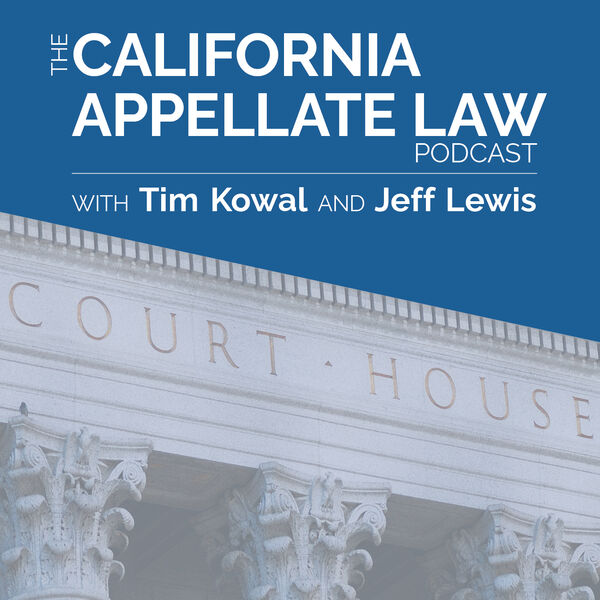
Unlike federal judges who sit or life after being confirmed by the Senate, California Supreme Court justices’12-year terms follow confirmation by election. But our newest justice, Kelly Evans, was not confirmed, and won’t be for another four years. Why?
Supreme Court watcher David Ettinger explains that Gov. Gavin Newsom opted to “appoint” then-Alameda Superior Court Judge Kelli Evans to Justice Guerrero’s associate-justice seat.
And when Ettinger disagreed on his blog, he got a phone call from the governor’s office.
Ettinger noted that the state constitution says that when a justice does not file her “declaration of candidacy” before September 16—thus indicating she was going to let her term expire—that triggers the governor’s duty to “nominate” a new justice to sit for a new term. And a new term must begin with a confirmation by election.
Here, although then-Associate Justice Guerrero did file a declaration of a candidacy, she withdrew it when she was nominated to become chief justice. That, says Ettinger, means Guerrero intended to let her associate justice term expire, meaning the governor needed to nominate a new justice to a new term.
Gov. Newsom, on the other hand, took the position that Justice Guerrero left a “vacancy” when she ascended to the Chief Justice seat, and vacancies are filled by “appointment,” not nomination.
Ettinger explains in depth in his At the Lectern post.
We also discuss the 1968 debacle over LBJ’s nomination of Fortas after Earl Warren announced his retirement, followed by the scandal over the destruction of the “Fortas papers” leading to the first and only filibuster of a SCOTUS nominee.
Should there be a norm against justices retiring in an election year, if only to avoid these dramas?
Watch the clip here.
This is a clip from episode 53 of the California Appellate Law Podcast. Listen to the full episode here.